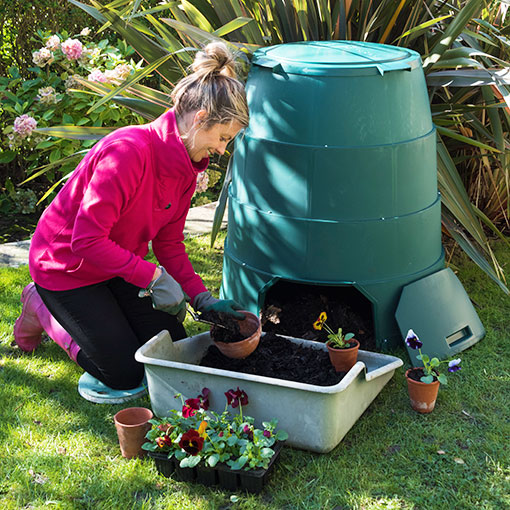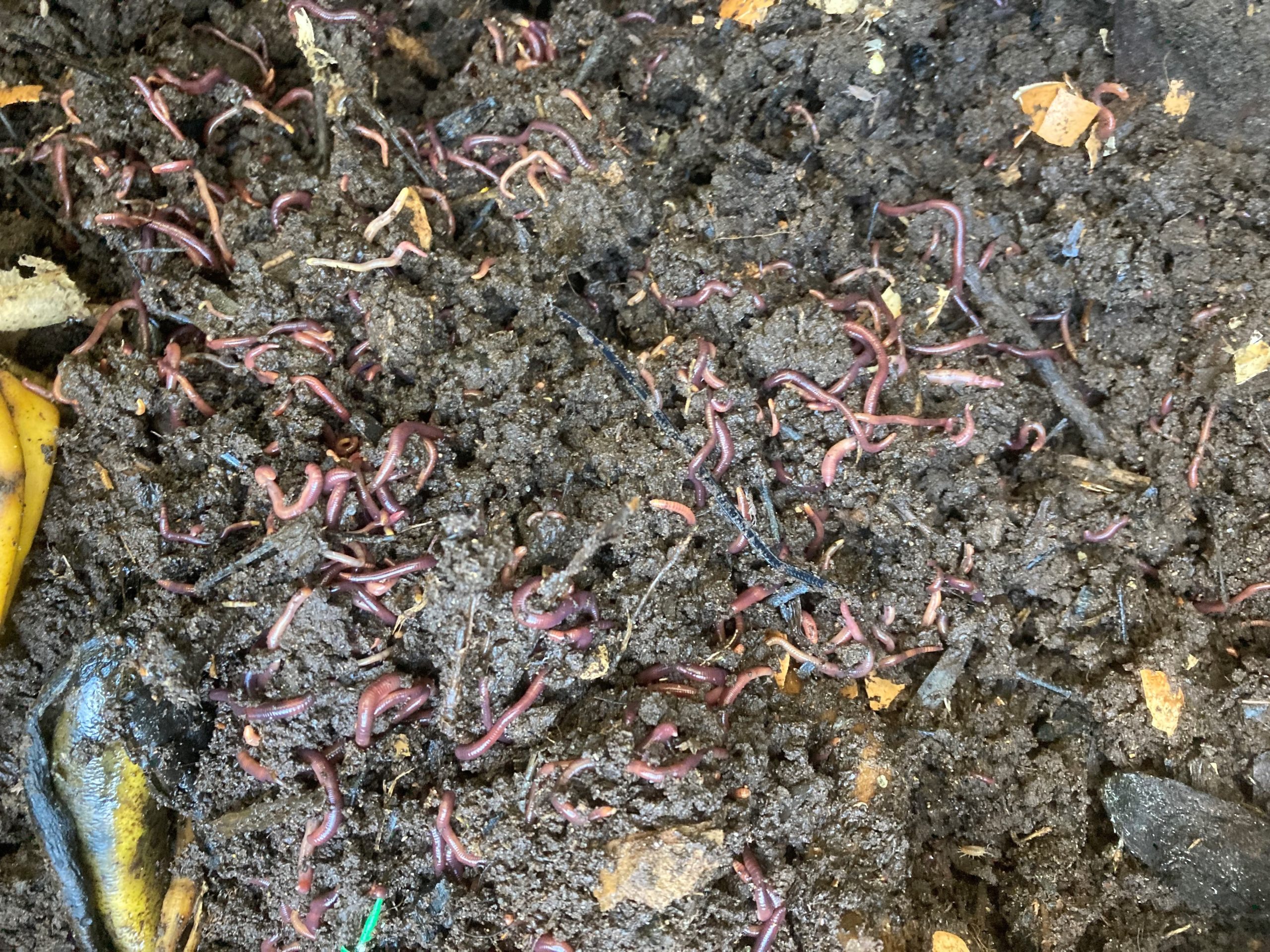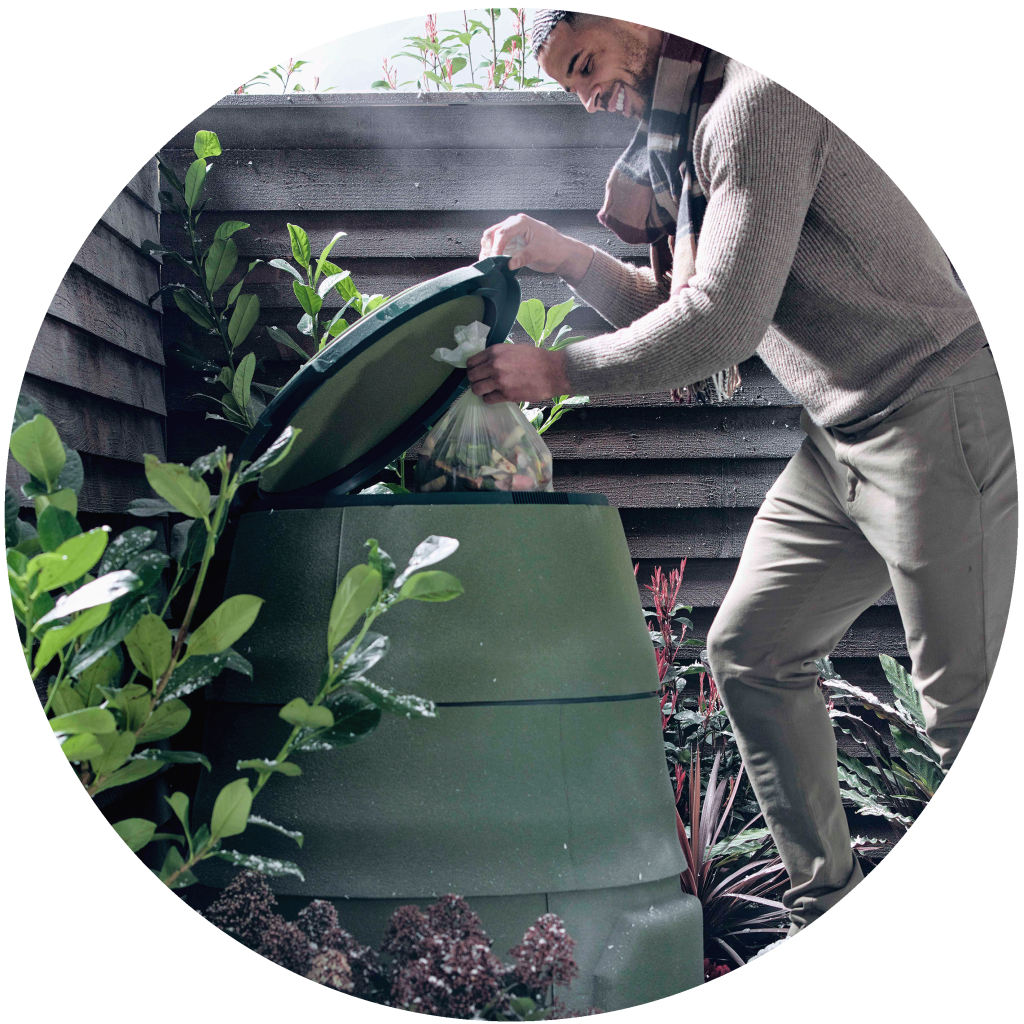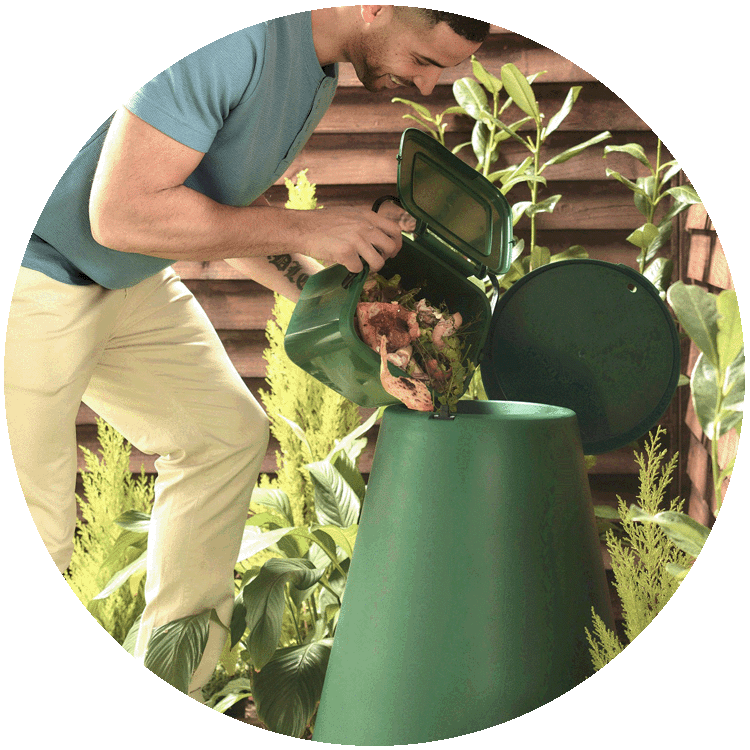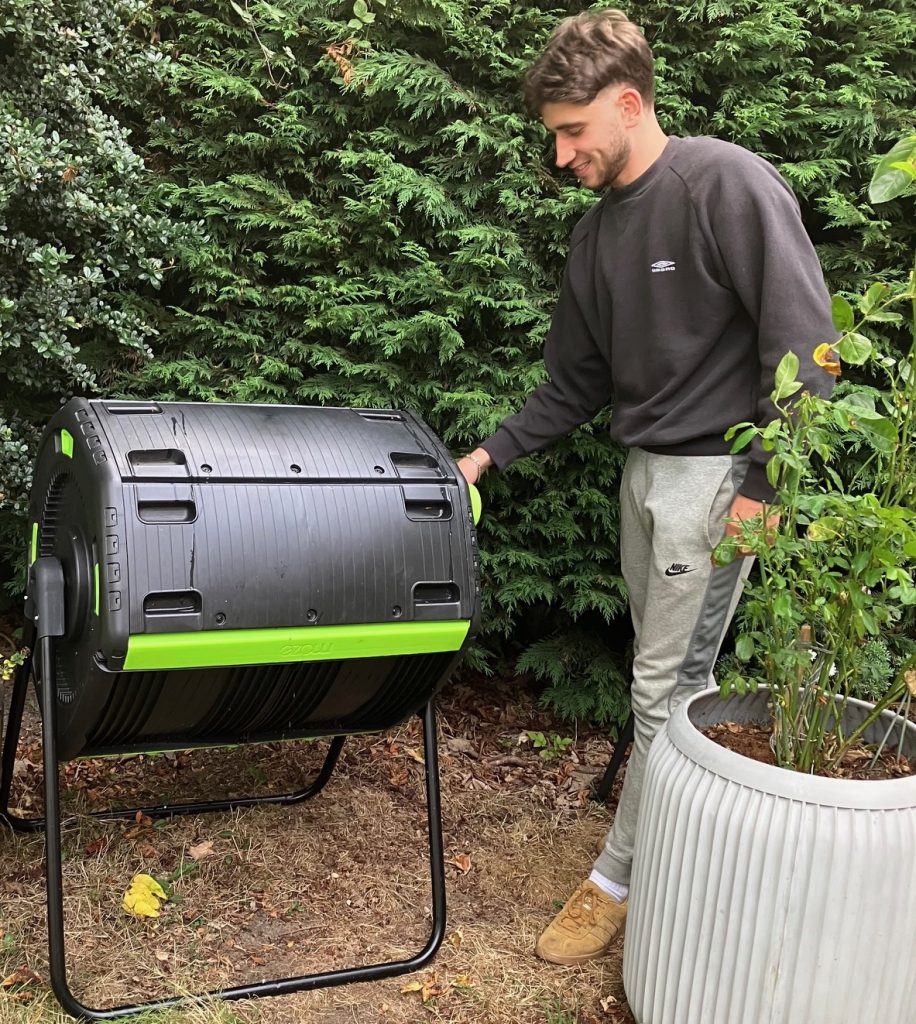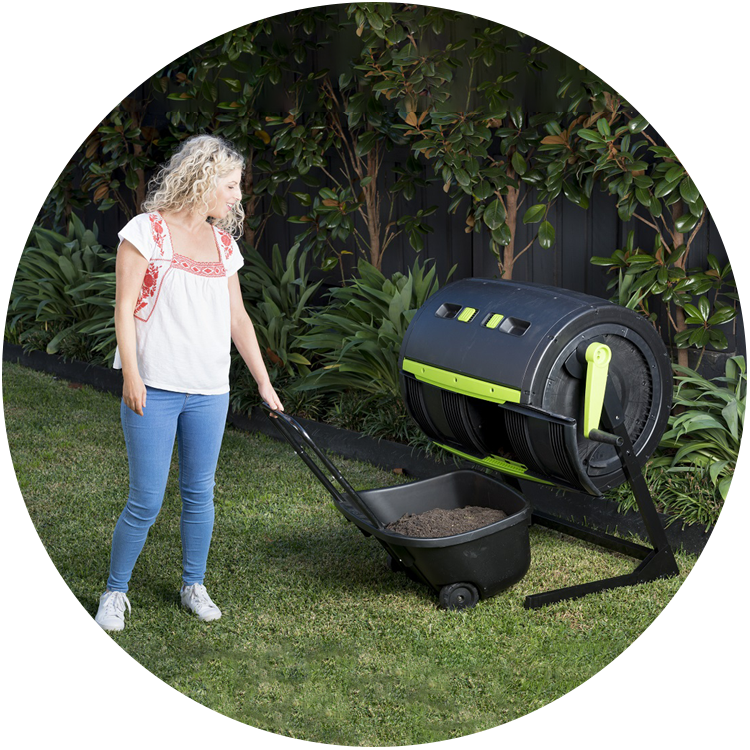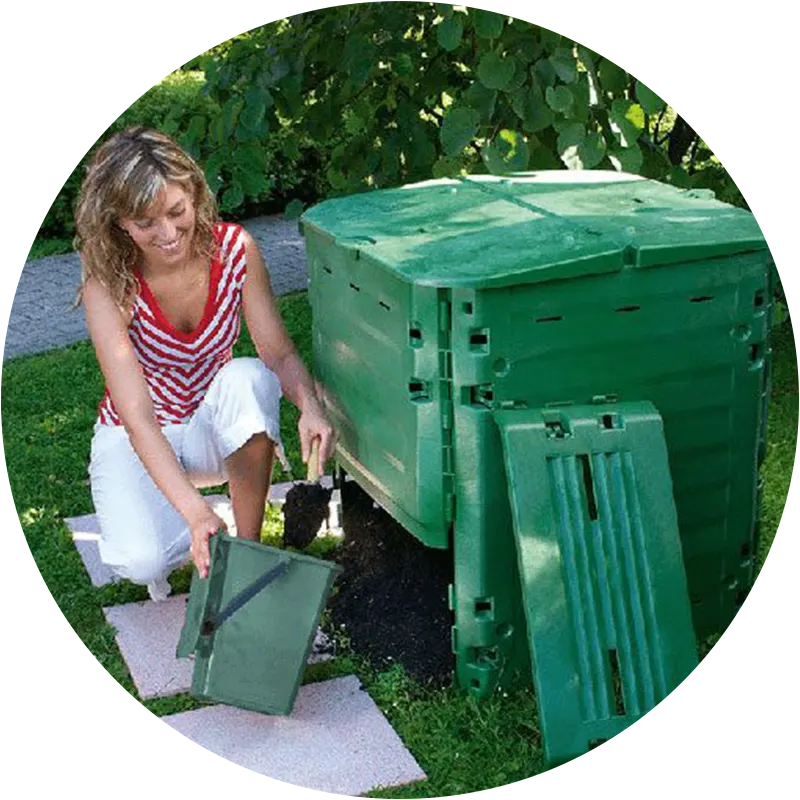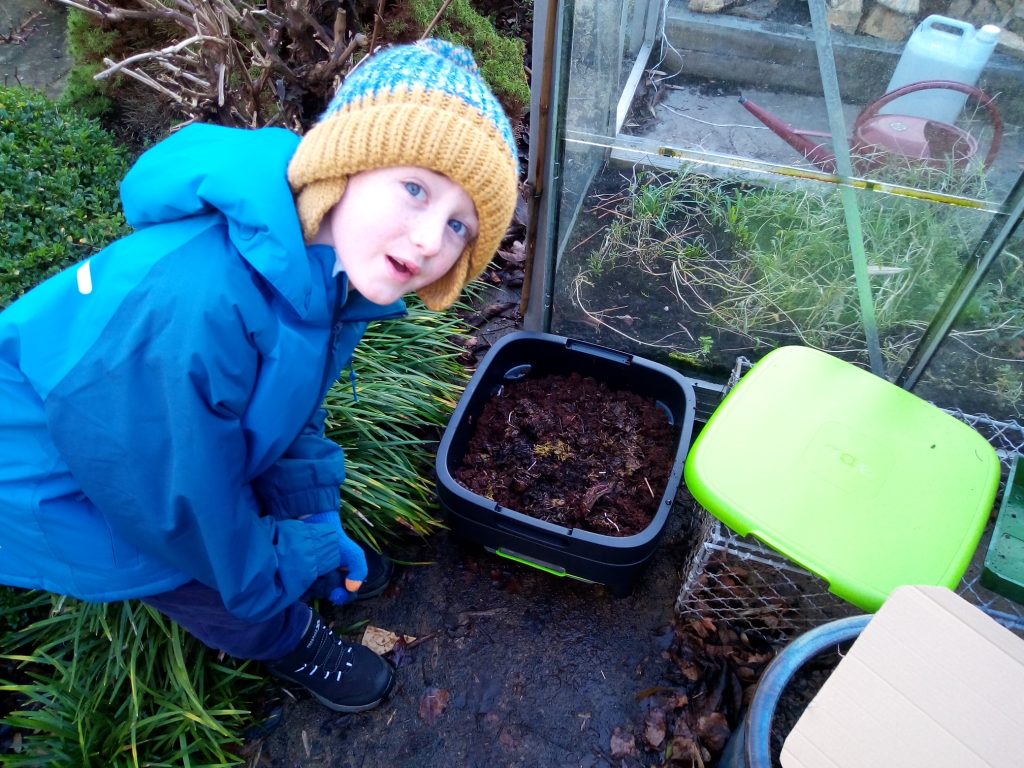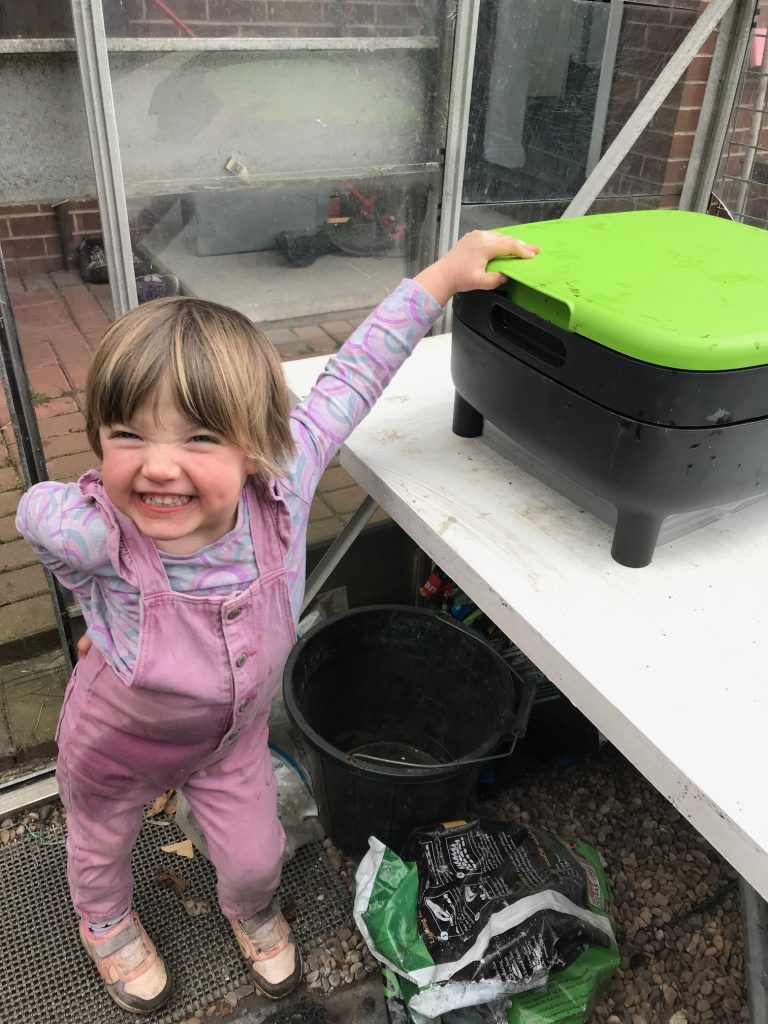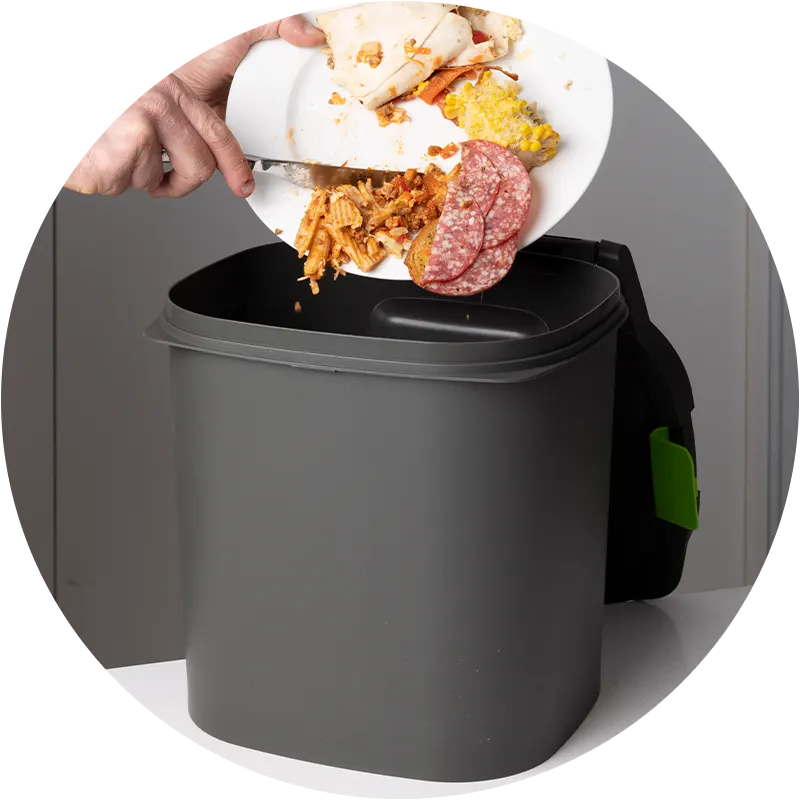Composting is the best way to deal with organic waste. But fear of getting it wrong means many people never try. Our simple guide is aimed at beginners of all ages who want to learn more about the wonderful world of compost.
What can I do about climate change?
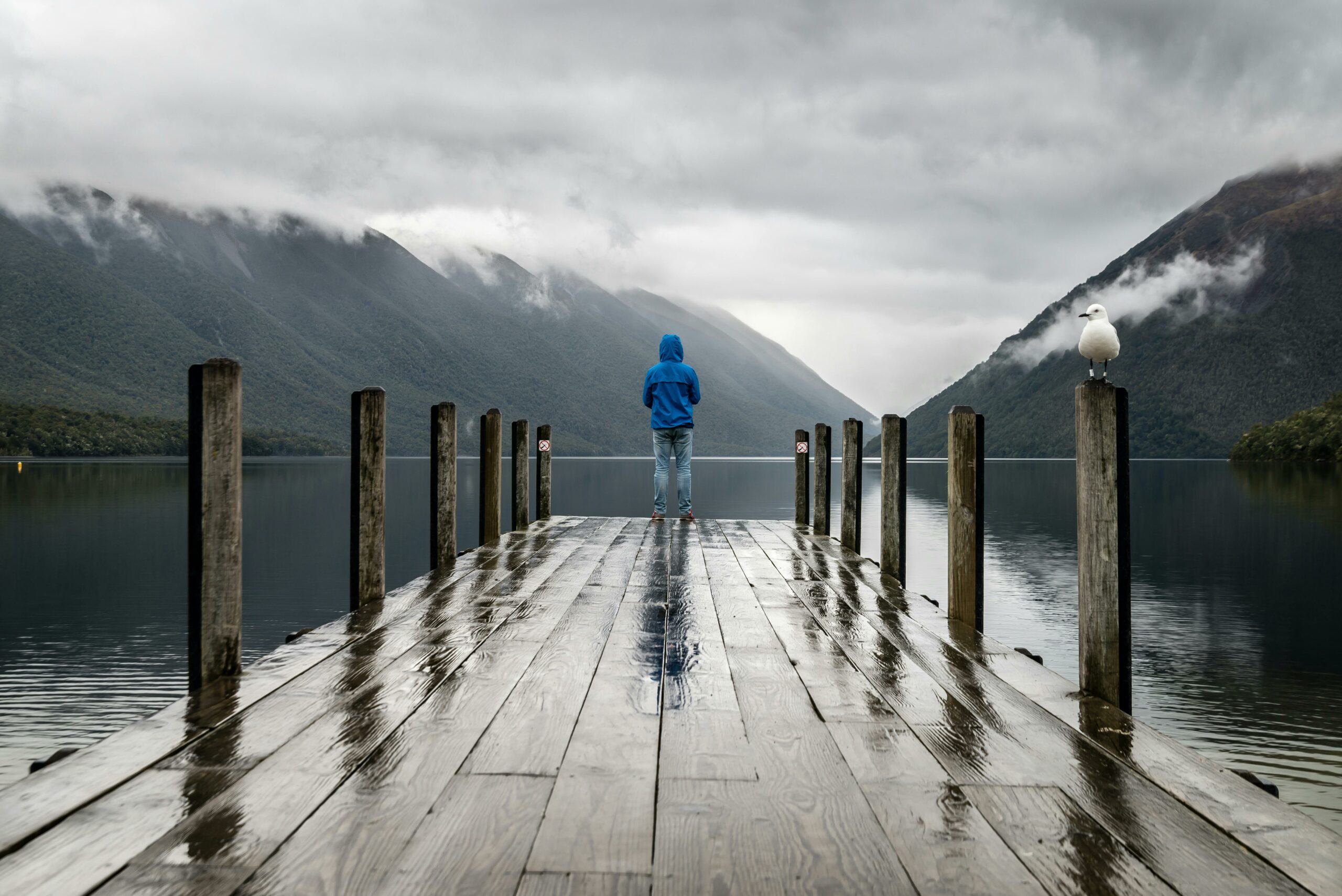
Fighting the climate crisis is a big job, but it’s one that each of us can play a part in.
There’s something we can all do every day to help the planet, and it’s as simple as changing which bin we throw our leftovers in.
If we throw food waste into a compost bin instead of an ordinary bin, we can turn waste into something wonderful – compost.
What is compost?
Compost is a nutritious food for soil. It is made when organic things (anything that was once alive) are allowed to rot aerobically (with oxygen). Worms, insects and tiny micro-organisms feed off decomposing food, garden and paper waste. As the composting creatures feed off this organic matter, it’s broken down into smaller pieces until after several months it becomes a dark, crumbly substance that looks and smells a bit like soil. If you picked up a handful of compost you would no longer be able to tell what the original items were.
Compost is rich in nutrients which help to build strong, healthy soil and plants.
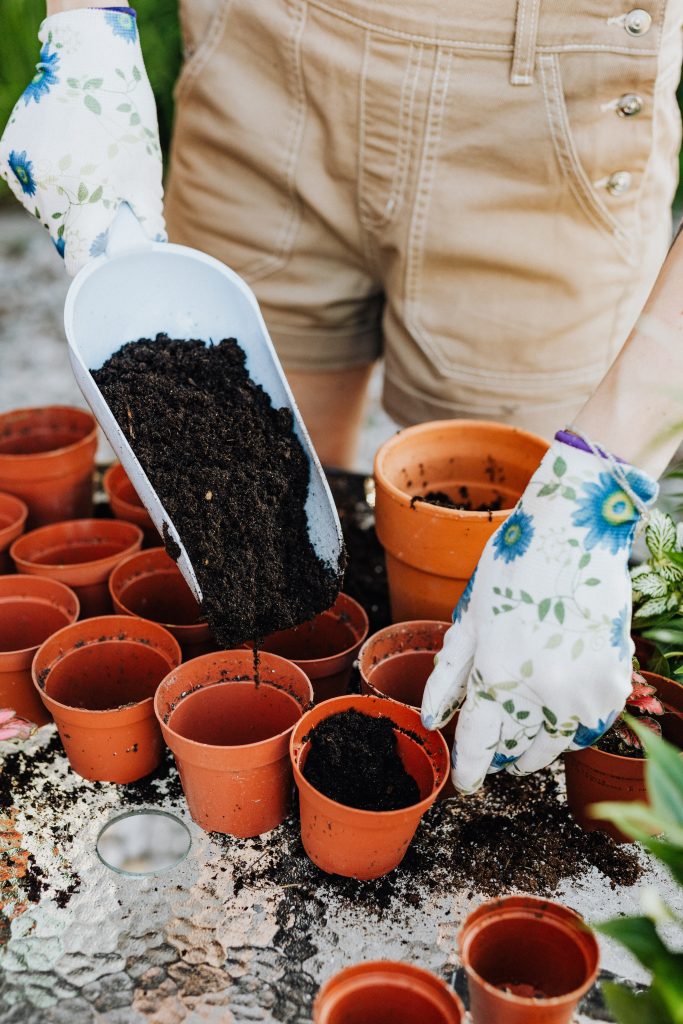
Why throwing away all rubbish is such a waste
People used to throw things away without thinking about it. For a long time, waste was burnt or buried underground at landfill sites. It was a case of out of sight, out of mind. But now we know that these ways of dealing with waste cause harm to the planet, to wildlife and to us – so we need to change our behaviour.
We can all help to protect the environment and we can do it in our homes, schools, sports clubs, restaurants and offices – wherever we produce waste.
What can we do with rubbish?
A lot of waste is not rubbish, it’s a very useful resource. Instead of throwing everything away, if we separate items that can be reused or recycled, such as glass, paper and plastic, it means we’re not using up more and more of the earth’s precious resources.
Organic waste can be composted. Composting is a way for waste to heal, not harm, the planet.
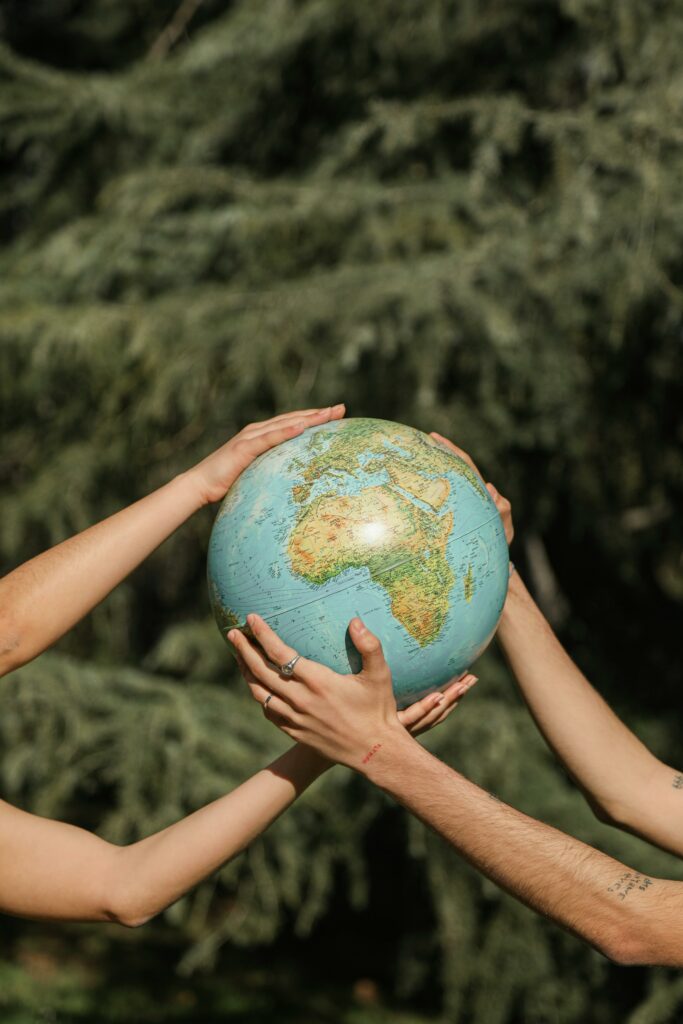
How much food waste do we produce?
The UK produces 4.5 million tonnes of food waste each year. To get an idea of how much that is, consider that an elephant weighs roughly 7 tonnes. Those 4.5 million tonnes of food waste could fill eight Wembley stadiums. That could make A LOT of compost!
Decomposition: the good, the bad and the ugly ways to rot
Bad – The bad way for things to decompose is in landfill sites. Many local councils in the UK have stopped sending food waste to landfill; they now collect food waste separately from other waste so that it can be taken to treatment sites to be turned into soil food for farmland or into gas and electricity.
At landfill sites, organic waste (such as our food and garden waste) gets squashed together with non-organic waste, such as plastic and metal. Because air can’t get to the organic waste it can’t rot as it would naturally. Without air the breakdown process becomes anaerobic (without air).
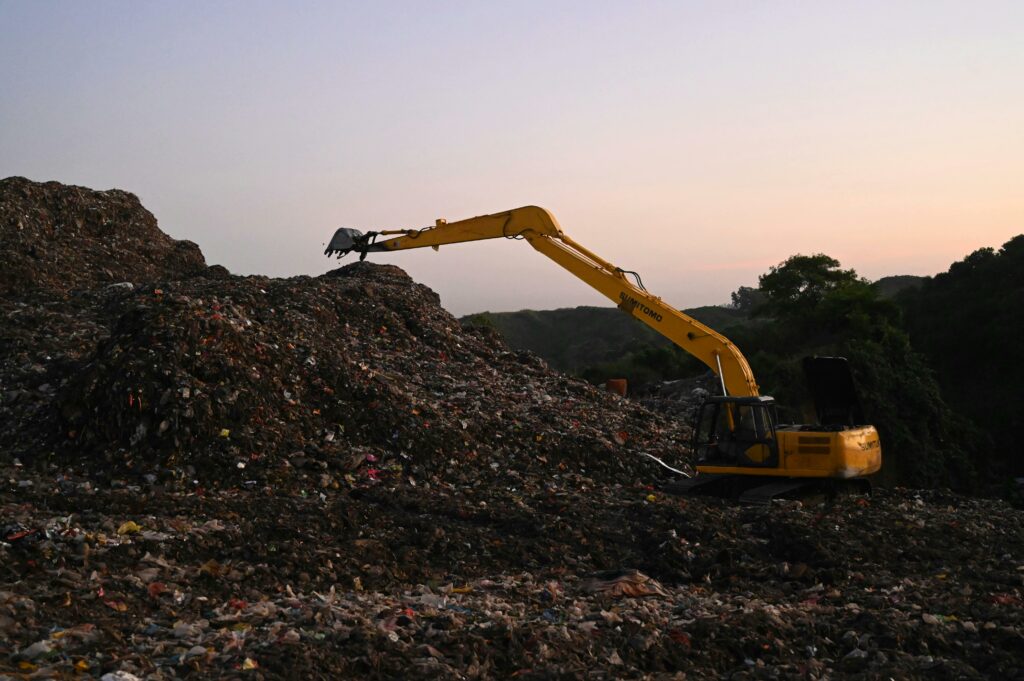
Ugly – The anaerobic breakdown of organic waste produces greenhouse gases, such as methane, carbon dioxide and nitrous oxide, which trap heat within the earth’s atmosphere, contributing to climate change.
Greenhouse gases let sunlight pass through the atmosphere, but they prevent the heat that is produced from leaving the atmosphere. They get their name from greenhouses, which are full of windows that let in sunlight, creating warmth that can’t escape.
It makes sense to do everything we can to stop this from happening.
Good – One way to stop this is by composting.
What’s so great about compost?
When compost is added to soil it makes the soil healthier so that plants will be stronger and healthier too.
It also helps soil to pull carbon dioxide (the most common greenhouse gas) from the air and pull it into the ground, so it is stored in soil as carbon. Capturing and storing carbon dioxide (CO2) is called carbon sequestration and it plays an important role in fighting climate change.
How does waste turn into compost?
Thousands of tiny composting creatures turn your food and garden waste into compost.
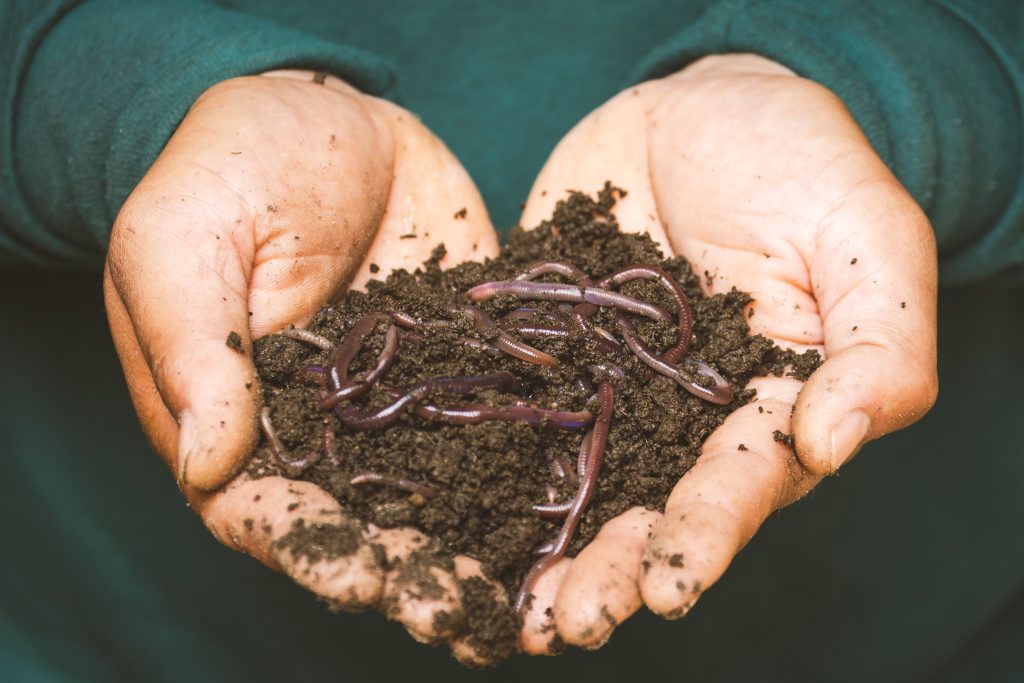
The forest floor gives us a great example of the work done by composting creatures (also called decomposers). Although leaves fall from the trees each year, you don’t see giant leaf piles in the forest. This is because decomposers break down the leaves, which go back to feed the soil.
Some decomposers are well known, such as worms, beetles, centipedes, millipedes, woodlice and earwigs. There are also lesser-known creatures such as springtails and false scorpions. Many more are so tiny, such as bacteria and fungi, they are invisible to the human eye. We call these micro-organisms or microbes; we can only see them under a microscope.
When you’re composting, your goal is to create an ideal place for these creatures to live.
Where can we make compost?
The best place to make compost is in a compost bin.
You can also make compost in a big pile but it won’t be produced as quickly. When we help the composting process along we are creating the best conditions for the creatures inside the bin. This means that composting happens more quickly and efficiently so that we can have good quality compost faster than if we left the waste to rot on its own.
What is a compost bin?
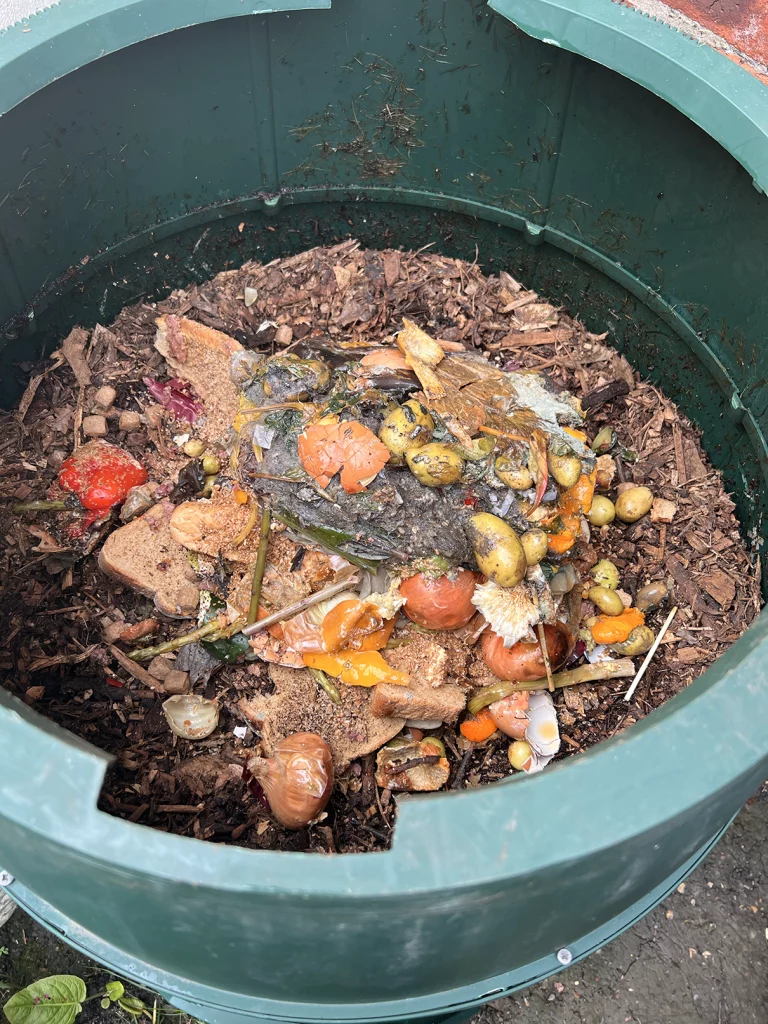
A compost bin is a different kind of bin. We can’t just throw things in it and walk away as we do with an ordinary waste bin. There are some things we need to do to manage the composting process so that the composting insects and microbes stay healthy.
In a lot of ways, making compost is like making a cake. By following nature’s recipe we add the right ingredients mixed well. But unlike making a cake, if we get it wrong it’s not a disaster. We can keep on improving until we get it right. When people start composting they learn as they go along.
If we observe what’s going on in the bin, we’ll soon realise if something needs correcting. We can all learn to ‘speak compost’!
Why is compost so important?
As well as helping to store carbon in soil, compost also:
- Draws the sun’s heat to warm the soil, making the growing season longer.
- Fills soil with essential nutrients so plants will be stronger and healthier because they will be resistant to diseases and pests. This means we don’t need to rely on pesticides and chemical fertilisers.
- Rebuilds soil that is poor quality (degraded).
- Covers exposed soil like a blanket. This stops the soil from wearing away (erosion) and losing carbon to the atmosphere.
- Acts like a sponge to hold water in the soil (water retention). This means water is available for plants to use when they need it so they need to be watered less – so saving water. This is especially useful in dry spells.
- Helps to prevent flooding by holding on to excess rainwater.
Because compost is good for the soil, it’s a very valuable thing to do even if you’re not using it to grow plants. You don’t need to be a gardener to make compost.
Scientists estimate that 90 per cent of the earth’s soil is in very poor condition. Bare soil that is exposed to the elements can be worn away by sun and wind or washed away by rain.
Covering soil in compost is like wrapping it in a blanket that both protects it and feeds it at the same time.
How can we help the creatures in the compost bin to make good compost?
Like us, composting creatures need food, air and water.
Their food should come from a good balance of waste materials that we throw in the compost bin.
MATERIALS
Insects and micro-organisms work best if they are fed with food that helps them to grow and gives them energy. They grow thanks to protein in food that is high in nitrogen. They are given energy thanks to sugar in food that is rich in carbon. So a good balance between food that provides lots of nitrogen and food that provides lots of carbon gives them the best diet.
Greens
Some people call nitrogen-rich waste ‘Greens’. Some of these items are green such as fresh green grass and fresh green leaves. But there are other things that aren’t green, such as: food waste, tea leaves, tea bags, coffee grounds, flowers. These items break down quickly and contain water so they keep conditions in the bin moist.
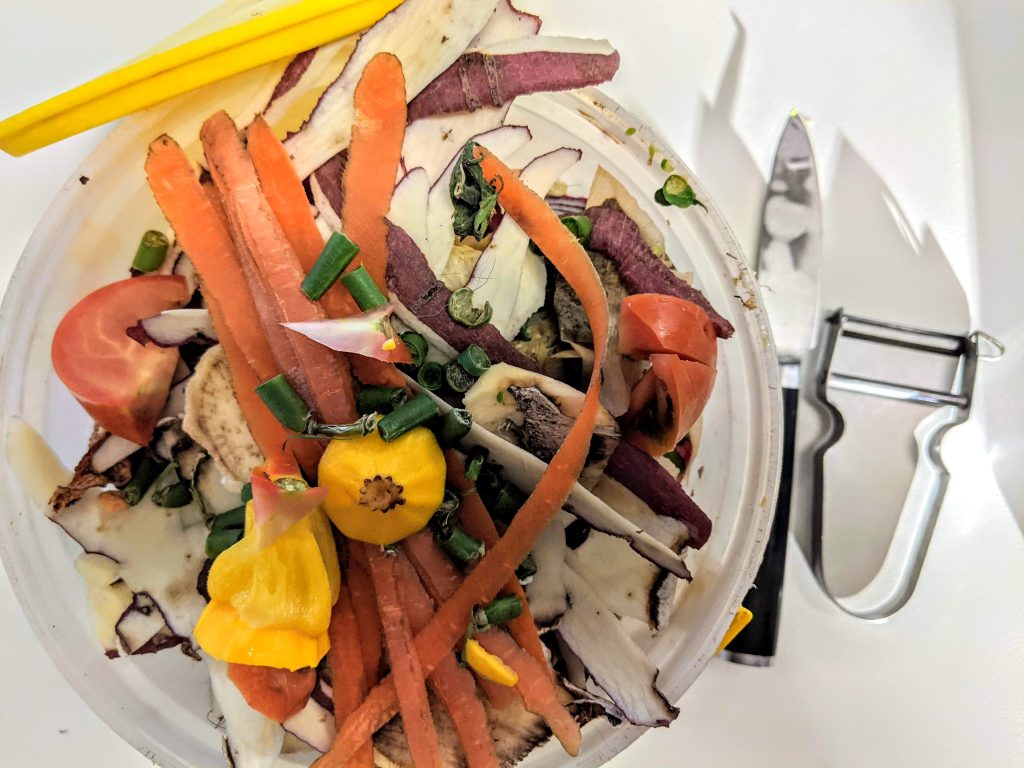
Browns
Waste materials that are high in carbon are sometimes called ‘Browns’. Some of these items are brown such as twigs, branches, dead leaves and cardboard.
Other things that are rich in carbon are: paper, straw, wood chips, sawdust. These items are drier materials and slower to break down.
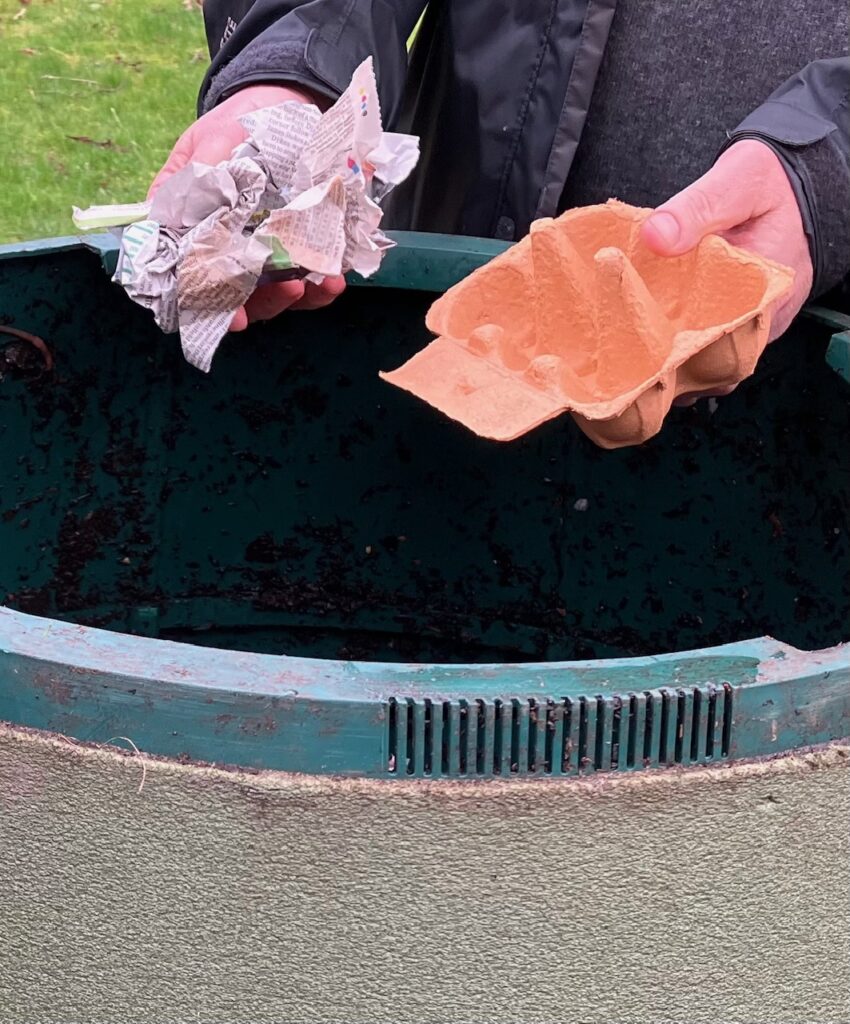
A mixture that contains half Greens and half Browns is a great place to start for composting.
A very basic recipe for compost would be fresh grass (nitrogen) and dead leaves (carbon), but a more varied diet makes a more nutritious compost.
WATER
You want the compost pile to be moist, rather than wet or dry. The materials should feel damp like a wrung-out bath sponge. Microbes struggle if their environment is too wet or too dry. They need water to live, yet too much moisture can limit the amount of oxygen they receive. If compost is too wet, it will start to smell bad. If this happens you need to add shredded paper and cardboard and mix really well to absorb moisture.
To check moisture levels, try this test – grab a big handful of compost and squeeze – only a drop or two of liquid should appear. Less than this means the compost might be too dry, more means it might be too wet.
If you need to add water to compost that is becoming dry, it’s best to use rainwater if you can rather than tap water as chemicals that are added to tap water and are safe for humans could kill some of the microbes that you’re trying to nurture in your compost bin.
Water butts are a good way of catching and storing rainwater.
OXYGEN
The fastest form of composting is done by organisms that need oxygen (aerobic).
To give microbes air to breathe we need to add air to the mixture by stirring the contents when we add waste. This is called aeration. Once a week give a good, deeper stir to make sure there’s oxygen through the bin’s contents.
To allow more air to flow, you can also wiggle a metal garden stake deep down into the compost making a hole.
Why do we need to aerate compost?
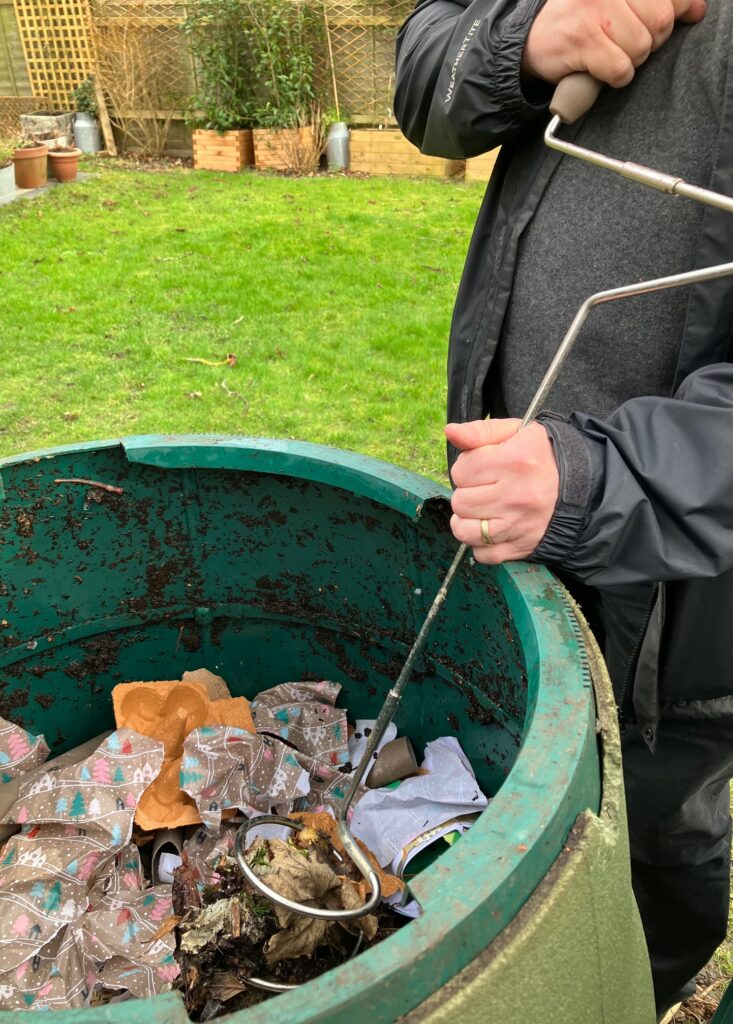
If a compost pile lacks oxygen the aerobic microbes will die and the mixture will become anaerobic. This means the composting process will slow down and may to start to smell unpleasant. It may also start to attract flies, so it’s important that we keep air flowing through the compost.
Mixing everything together well is an important part of composting because it helps to ensure:
- Air is available throughout the compost so the microbes can breathe.
- Moisture levels are kept satisfactory.
Can you add all food waste?
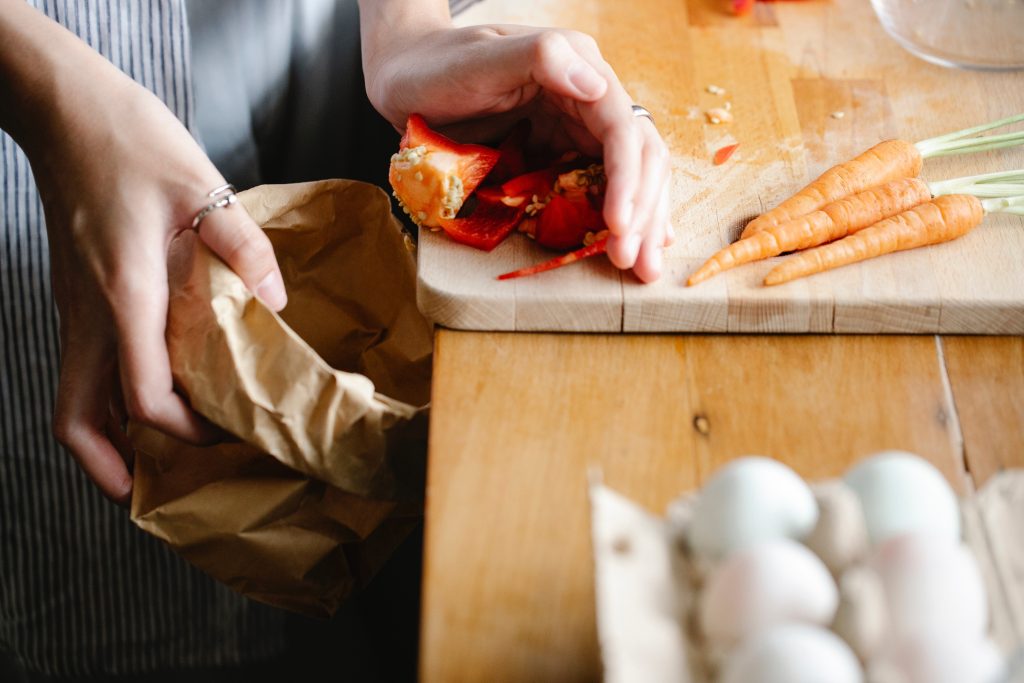
Ordinary compost bins carry out composting at fairly low temperatures which are suitable for breaking down fruit and vegetable scraps.
But there is way of composting called hot composting where the contents inside the bin reach higher temperatures of between 30 – 60+ degrees Celsius. This means that more kinds of waste can be added – such as meat and fish – because pathogens (micro-organisms that can carry disease) are killed at higher temperatures.
With hot composting there are certain techniques to follow to ensure the temperature inside the bin reaches higher temperatures. Hot composting usually produces good quality compost much faster than ordinary compost bins.
What can’t be composted?
Items that are not organic, such as glass, metals and plastic, cannot be composted. They can be recycled, of course; they can be cleaned, treated and used again.
Plastic bags should never be added to a compost bin.
How long does it take to make compost?
In a hot composter, compost is usually ready for you to use after around four to six months. In an ordinary compost bin, it can take between six months to two years.
What does compost look like?
Your finished compost will be dark brown, crumbly and look like soil. Items that can be hard to break down, such as fruit stones or sticks, might still be visible but if you pick them out and add them back into the compost bin they will go through the breakdown process again.
Does compost smell?
Compost should smell fresh and earthy, like damp woodland; this means the composting process is working well.
If there is a bad smell, this means that contents are turning anaerobic – probably because there is too much water and nitrogen (Greens) in the mixture. You need to add carbon-rich content (Browns) and aerate well. So add shredded paper or torn cardboard, dead leaves, sawdust or wood chips and mix well until you get a consistency that is damp like a wrung-out bath sponge.
How can we use our compost?
- Covering soil with compost or mixing it with compost adds nutrients and micro-organisms, making soil stronger and healthier.
- If we cover exposed soil with compost (at least 5cms deep) that will help to prevent carbon loss and soil erosion.
- We can use compost as protective coverage (called mulch) round trees and bushes and on lawns to feed the soil, hold onto water and discourage weeds.
- We can use compost to cover vegetable beds and plants in plant pots to grow healthier plants.
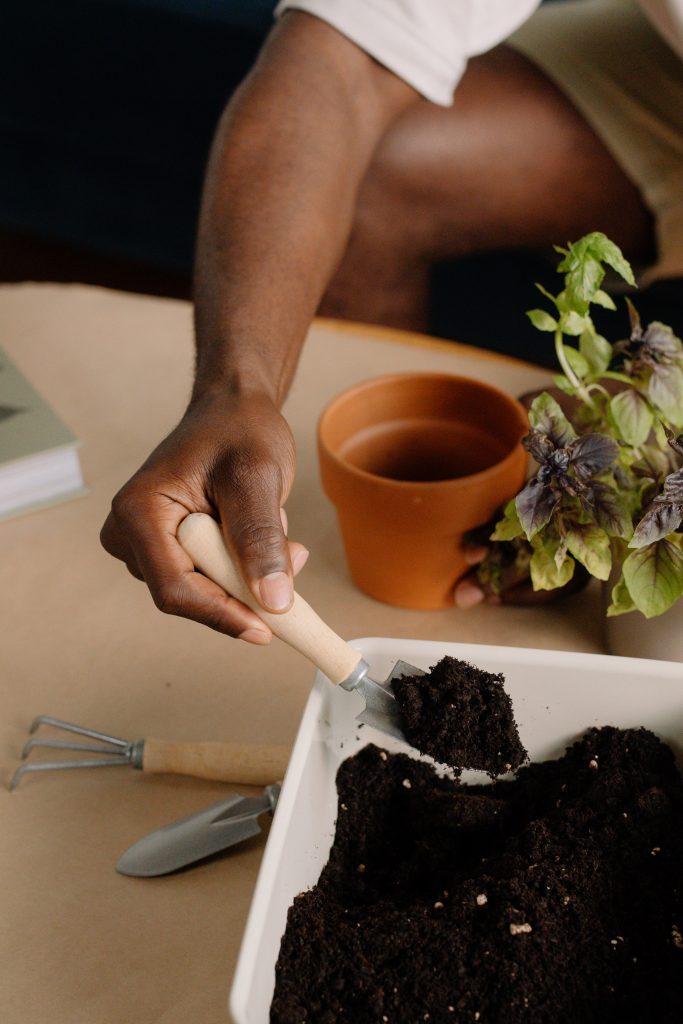
To use compost for stronger, healthier plants:
- Mix compost in with existing soil before planting into it.
- Place some compost in holes before planting.
- Soak your compost in water to create a nutrient-rich compost ‘tea’ that you can water plants with.
Can composting go wrong?
The most common problem with composting is if people forget to stir and aerate the contents in the compost bin. This means the composting creatures won’t have enough air so they might die. This can lead to wet, slimy compost that smells bad.
But you can solve this problem by aerating well so that you put air back into the mixture. You can also add contents that contain a lot of carbon (Browns) such as chopped twigs, branches, wood chips, shredded paper and torn-up cardboard and mixing it all in well.
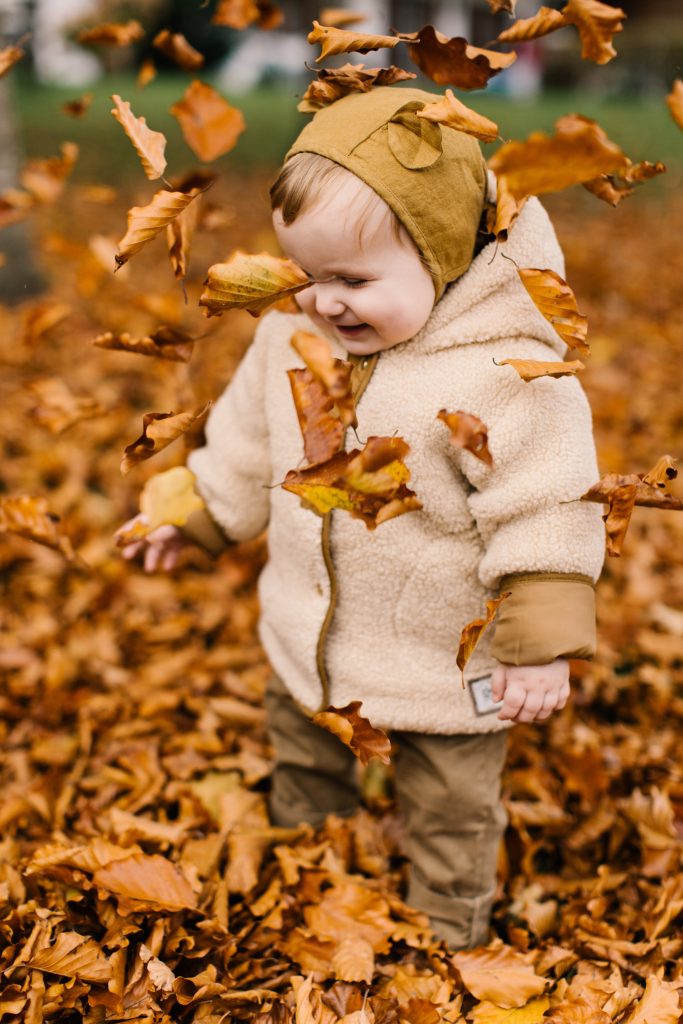
TOP COMPOSTING TIPS
- Before adding waste to a compost bin, make sure items are chopped up into small pieces so there is more surface area for microbes to work on. This means that more heat will be produced and breakdown will be faster. Smaller pieces also make turning the pile much easier.
- You can chop up branches and twigs in a shredder machine or run over twigs or leaves with a lawnmower so they are in small pieces when added to the bin. Branches or twigs should be no large than 5cms.
- People usually find they have a lot more nitrogen (food waste) than carbon (dead leaves, paper etc) so it’s a good idea to store carbon-rich items such as shredded paper, cardboard and wood chips so you have them ready to add with food waste.
- If you need carbon-rich items for your compost but you don’t have garden waste such as branches and leaves, you can also buy wood chips (small pieces of leftover wood) or get them free from gardeners or tree surgeons.
- When tearing up cardboard boxes to add to compost, remove staples, sticky labels and tape.
- Don’t add glossy paper as it may contain toxic pigments (harmful chemicals).
- If adding torn-up birthday or Christmas cards, don’t add parts that contain foil, glitter or ribbons.
- When adding eggshells crush them up first.
